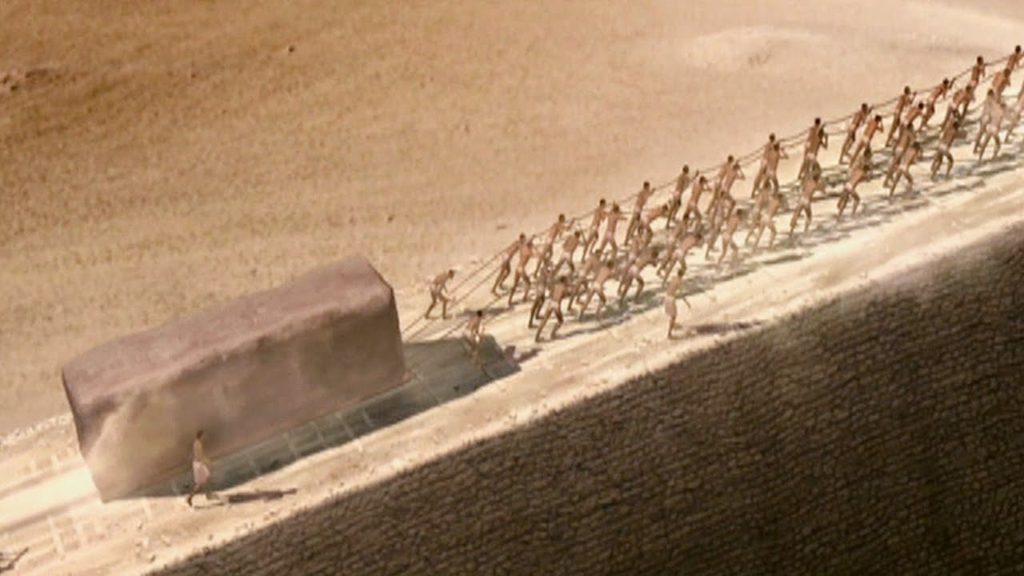When you’re at the beginning of your journey with organizing your digital life, it can seem…daunting. There are many things to do and get, and keeping your eye on the prize can seem difficult. There are many reasons why it’s easy to get lost in the weeds when you’re working on your digital filing system. I’m only going to go through a few of them, but for someone who doesn’t have that much experience figuring out their filing system, this can be a big and complex project. The real trick of digital filing is; it’s only as difficult as you make it. If you understand where the traps are and anticipate what you need to do, then figuring out a filing system for yourself can be relatively straightforward.
1) Files are not tangible – One of the few times you’ll hear me say this; hard copy files do have an advantage over digital files. If you have 500 pages of documents on a particular subject, then seeing them printed out can give you a better sense of how much information you have. Seeing the same thing in Pfd format in (let’s say) ten files, It looks like you have way less than you do. It’s deceptive and makes it look like you don’t have as much as you think you do. This can be both good and bad, but it depends on how you handle it. If you don’t have an excellent foldering system to keep them organized, they could easily get lost.
2) Mislabeled files are impossible to find – Back when I was in charge of the hard copy filing system of a company I used to work for, I would always groan when someone misfiled a document. If it were in the wrong folder or the wrong section of the folder (yes, they had sections), I would have to go through the whole file and make sure that all the papers were in the correct spot. While it was annoying, it was easy to fix. I could look at the different documents and automatically know what went where. Digital files are so much more difficult. If a pdf file is mislabeled or misfiled (or both), then trying to find it is nearly impossible because you have to go through and open every single document to find what you’re looking for. This is why file naming conventions are so important. If you have a specific name for a file and (even better) a particular folder where it would have been put, then finding a file later on if you need it is simple as pie. The trick then is to take the time in the beginning when you’re filing away your documents and make sure that you name them in a way that you will be able to find them if you need them later.
3) Organizing is easy to avoid – This is something even I’m guilty of every once and a while. If I have many papers that I need to scan into my system, I will do them in batches. I will take a couple of hours on the weekend and just run through them all. Scan, Name, Shred. Scan, Name, Shred. This is how I do it. The issue is that once I do scan them, they are still in a pile, just in digital format. Depending on how much time I spend on them when my pile is all done, I do have the tendency to call it a win and call it a day. If you don’t put your files away in the folders you’ve created for them, here’s the issue. Eventually, you will have to move hundreds of files into various folders. As someone whose done it, trust me, it’s easier to take the time and move the 30 or so files into their folders than have to do it with hundreds or more files. I’ve done that a couple of times, and it takes as much time as scanning the things themselves.
While I fully recognize that organizing your filing system is probably the most tedious part of Organizing your Digital Life, it’s also the most crucial. Like everything else in life, your filing system is as easy to handle and as quick as you make it, but it takes work to get it to work right. If you work at it little by little, then you will find that working on it is not as daunting, and you think it is.
How difficult do you find maintaining a filing system?
Let me know in the comments section below. If you like this blog post and want to see more, you can follow me on Social Media (LinkedIn, Instagram, and Facebook @jasonlovefiles) or Subscribe to my blog to get new content delivered directly to your mailbox.


